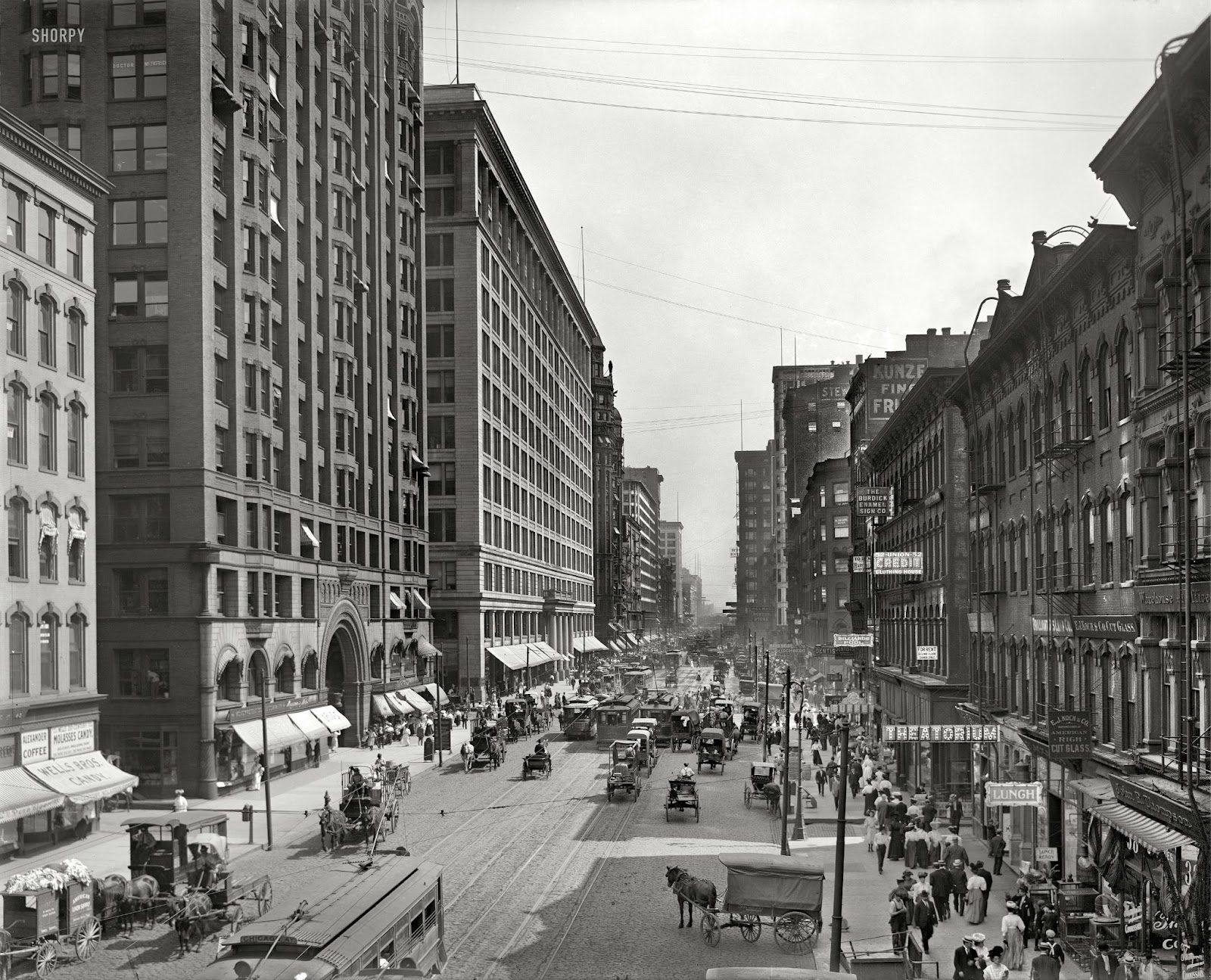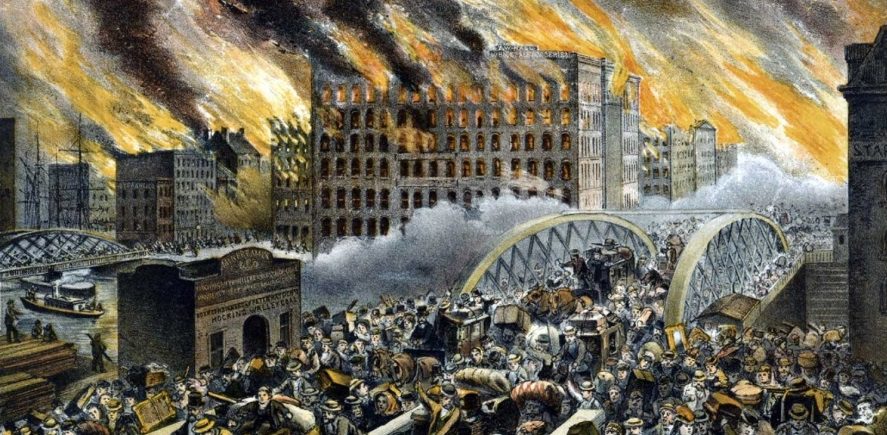Chicago is a metropolis known for its unique history and architecture. It is the third most populated and second-most important financial center in the United States, reports chicago-future.com.
The first settlements
Native American tribes were the first to settle on the North American continent and in the Great Lakes region. The area, which is currently densely covered with Chicago skyscrapers, was named after wild onion. Such a strange decision was made for a reason, the truth is that this plant was very common in the areas. However, another theory holds that the name originates from the fact that the Illinois tribe was commanded by a chief named Chicago. If you believe historians, then the version with onions is more accurate.
The first Europeans settled on the territory of what would become Chicago in the 17th century. They were the French: Louis Jolliet and Jacques Marquette. They went sailing with the goal of discovering new territories. The men quickly made friends with the natives, who even showed them the way to the Mississippi River, which led the pioneers to the Gulf of Mexico.
It quickly became clear that this transportation route was important. On their way, they came across another part of the territory where the canoe had to be carried on their hands due to the risk of being carried from Lake Michigan to Mississippi. It was on this site that the city of Chicago was subsequently formed.
In the 18th century, friendship with Indians came to an end. At the time, the hostile Fox tribe ruled the territory that would become Chicago. Europeans were terrified of the inhabitants, thus they avoided these regions.
However, the courageous Potawatomi ousted the Miami and Fox. Already in 1779, a man appeared on the shores of Lake Michigan who would later be known as the founder of Chicago. Jean Baptiste Point arrived from Haiti and became the first and permanent resident of the land formerly occupied by the Indians. Then Jean fell deeply in love with a beautiful girl from the Potawatomi tribe, married her, built a house and started selling fur.
Territorial distribution and the founding of the city

In 1795, a watershed moment occurred in Chicago’s history. Due to a lack of food, Native American tribes began to rebel, forcing leaders to exchange US territories for food and other goods. These territories also included the current city of Chicago. From that point on, white people began to settle these lands. The settlement soon gained the status of a city and proceeded to grow rapidly. Just imagine how it grew from 350 to 4000 people in just four years.
Another major event took place in 1848, when the Illinois and Michigan Canal was built, connecting the Great Lakes to the Mississippi River.
Since the end of the 19th century, Chicago has experienced rapid growth. At that point, the city had access to a railroad and a telegraph, basically all the benefits of the time. Since 1870, it has been one of the world’s largest megacities.
Everything seemed to be great, but a major disaster occurred in 1871 that prevented the city from developing. A massive fire destroyed nearly all buildings and claimed people’s lives. The fire damaged around 18,000 buildings. For over two days, the city was on fire, as just at that moment strong winds got underway, which spread the fire from one building to another. The locals tried everything to extinguish it but nothing worked. Real architectural wonders were destroyed in the flames: churches, shops and theaters. Most people were left without a roof over their heads. Following such tragedy, the authorities undertook a large-scale reconstruction.
Beginning around 1870, emigrants from Europe arrived in the city. In thirty years, the population has grown to 1.1 million. Chicago became the “first city in the world” at that point. The world’s first skyscraper was built here in 1885, followed by the World’s Fair, which featured a ferris wheel. Just imagine, the ferris wheel was not only 80 meters tall, but it was able to lift up to 2000 passengers.
Decline following the heyday

The reconstruction had a positive impact on Chicago. Then people of various nationalities began coming here in pursuit of a better life. In 1919, a real racial conflict broke out. During its acute phase, In 1919, authorities had to recruit 6,000 National Guard soldiers.
It was soon a difficult time for Chicago. In 1920, it received the title “City of Gangsters”, as more than 1,000 bandit groups were formed here. In fear, the rich began to move from the city center to the suburbs. Then, chaos ruled here for many years.
This was true until the abandoned lands became inhabited by people of different nationalities. Only then did Chicago begin to recover.
Pride of the modern city

Modern Chicago is actively developing. Local authorities work tirelessly to create new parks and revive abandoned areas. New sites that deserve everyone’s attention appear every day.
The Willis Tower is the second tallest structure in the United States. It has 110 stories. In addition, there is an observation deck with a stunning view of Lake Michigan.
The Chicago Architecture Center is an equally important structure. Here, everyone can learn the interesting history of the construction of high-rises.
The State of Illinois Center, designed in 1985, stands out as an architectural masterpiece in the skyscraper district. The building’s unique feature is that the floors rotate, and people are transported in transparent elevators.
The Tribune Tower was built in the Gothic style as part of an international competition project in 1920. It now houses the editorial offices of local newspapers. Actually, this is only a small portion of the unique structures.
After considering all of the facts stated above, we can conclude that Chicago is a city that is expanding year after year, demonstrating to the whole world that it is the architectural and historical center of the United States.


